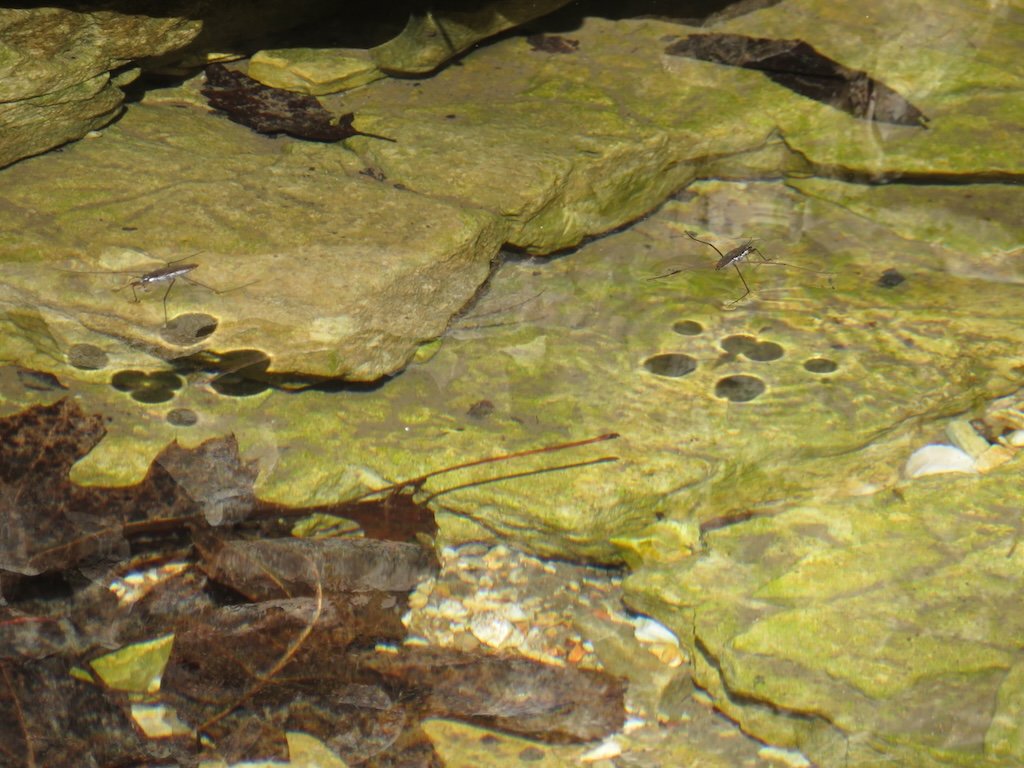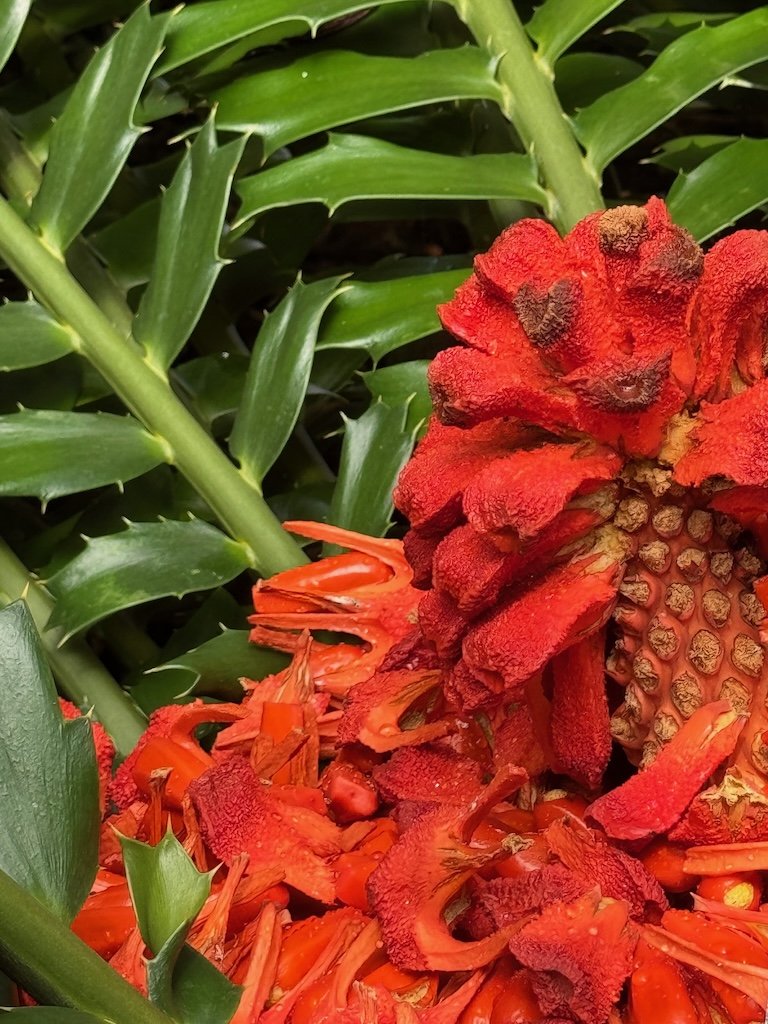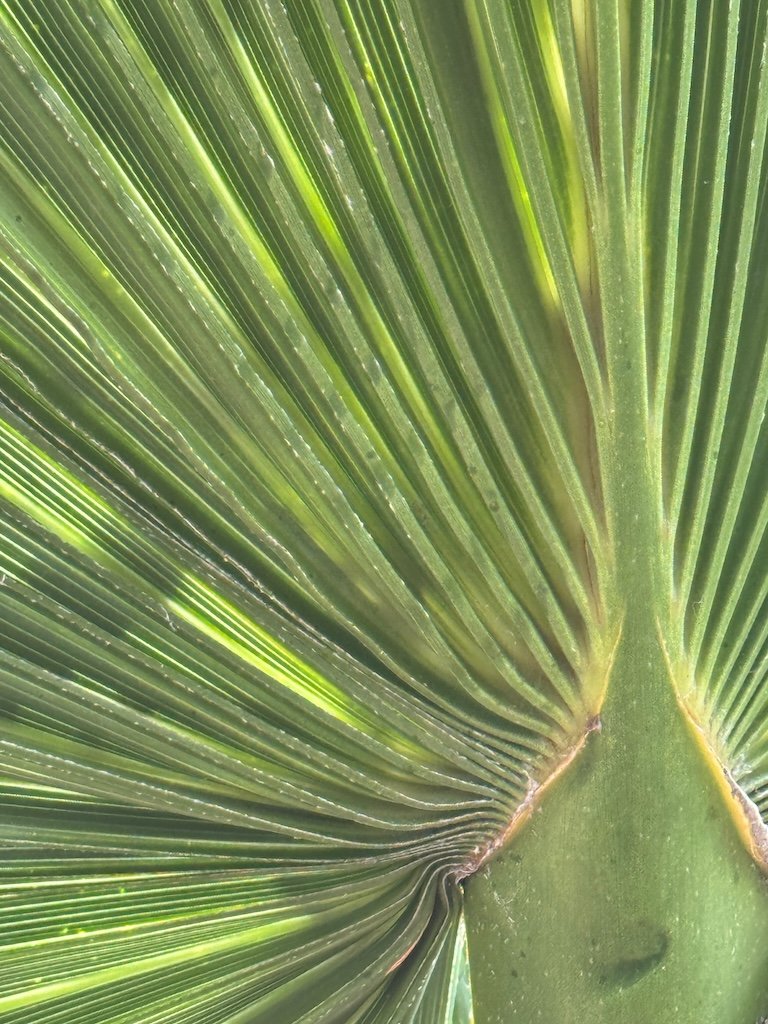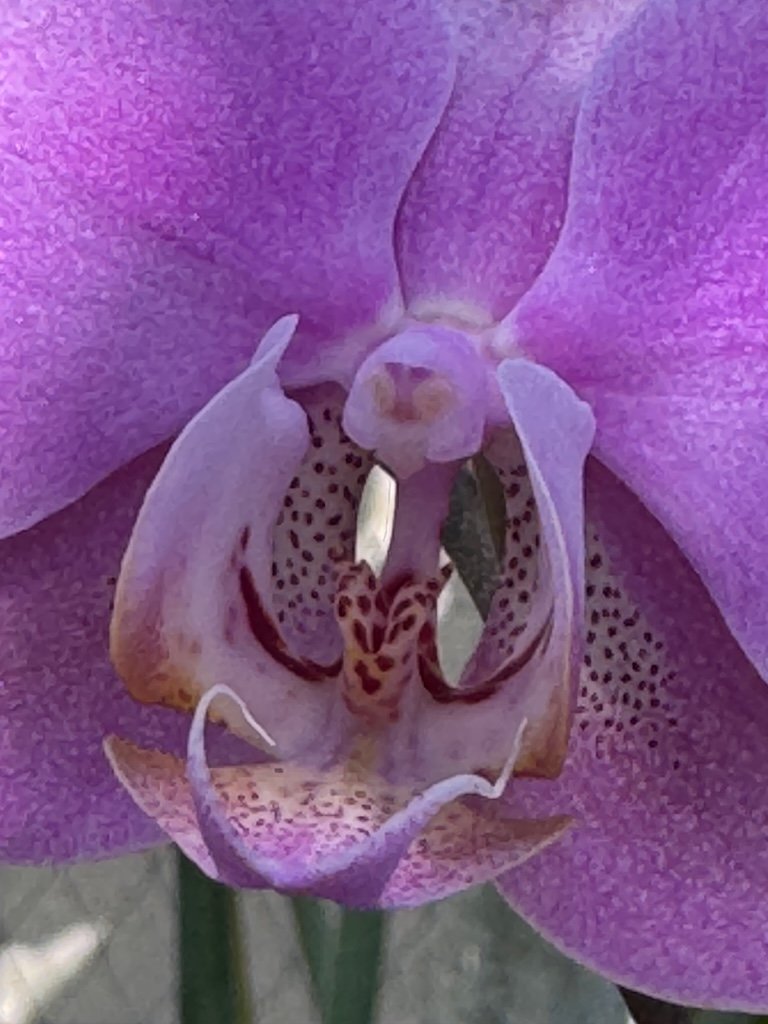Road Trip to Dallas in March 2025
/I left home before 6 AM and, because of the shift to daylight savings time, it was very dark for the first hour of the trip. It had been very windy the day before and cold overnight…with snow flurries. Fortunately, it was too windy and not cold enough for any accumulation. I made my usual first stop at a Loves just west of Joplin, before entering Oklahoma. I have made the trek so many times that I am very familiar with the places I like to stop. The next stop is at the Loves when I get off the turnpike at Big Cabin to go south on US 69/75. I buy a protein drink for breakfast. Stop three is at a QT in Muskogee where I buy gas this time. I stop at the Loves in Atoka for a cookie and then the Anna TX Whataburger for lunch…and then I am at the assisted living residence to visit with by dad.
I find him awake and in his rocking chair in his room. We do a round of physical therapy, and he seems resigned to doing the exercises. I notice when he stands up from the rocker that he seems stronger than he did in February after he’d had a short illness. The PT seems to be helping. We walked a bit outdoors…not around the block completely but about half the distance and he didn’t seem exhausted afterwards like he did back in January. I noticed that the redbuds are beginning to bloom, and the evergreen shrubs are getting new leaves. Afterward we disassemble a completed puzzle and put it in its box….started a new one – almost completing the frame before he complained that he can’t see well enough to continue. It had been about 2 hours since I arrived…about the max that he can enjoy at this point.
When I get to the hotel – there is no one at the front desk so I use that as a prompt to walk around outside for about 10 minutes; the afternoon temperature was in the upper 60s and the sun was shining. It was a pleasant afternoon. I took a few pictures of river rocks in one bed… some fiber curves of a yucca, and some mistletoe in a tree. There were drifts of leaves in areas of the parking lot where cars don’t park frequently….and a cedar branch that got painted red when the ‘no parking’ curbs were re-painted.
I focused on my own physical therapy for part of the evening! The food for my dinner that I brought from home worked well – I was glad I didn’t have to go anywhere else once I got to the hotel. I was still feeling the impact of the walk with my dad – must have been enough of some kind of pollen that caused my sinuses to drain (runny nose and sneezes) that continued until the early morning hours.
The next morning, I was up at my usual time and having the hotel breakfast shortly after 6:30 AM when they opened. I headed to the assisted living residence by about 7:20. It was the morning rush in the Dallas suburbs. The route is a main thoroughfare with lights but there was more honking of horns than I remembered from previous trips. My focus shifted to my dad for the hour and half I was with him.
Someone had opened the blinds on his window, and he was noticing the sun shining on the neighboring house’s chimney and then roof. I remembered to water the outdoor raised beds that my sister has planted; it was too cool outdoors to take my dad with me. After I returned, he was ready to work on the puzzle. We finished the frame and made some progress on the interior. He complained that he couldn’t see well enough about the time the staff started serving breakfast and I left. I took pictures of the rocks around the circular driveway of the assisted living residence…mostly sandstone, I think.
I had noticed on the drive down, that my stress level while driving seemed high so I decided to try keeping my thoughts more concentrated on the present rather than planning for events and activities coming up in the next few weeks. I noticed more things along the way:
License plates – Maine and Wisconsin were two further afield ones. Most were Texas, Oklahoma, and then, once I was close to home, Missouri. The Cherokee and Choctaw license plates were the most numerous tribal plates.
The cars that seemed to be trying to go faster than anyone else – darting from lane to lane on the highway – had Texas plates until I got into Missouri. Then it was Missouri drivers going way over the speed limit (more than 10 mph faster). They tended to get on the bumper of the car not going fast enough in front of them too.
There are some trees I recognize going down the road. Sycamores are easy to spot in winter and they haven’t leafed out yet…so they are still distinctive. The Bradford/Callery pears and redbuds are blooming right now so they are easy to ID. The Callery pears (escaped Branford pears) are more frequently seen near towns…where Bradford Pears were planted, birds ate the seeds and then carried them nearby. Sometimes they are half the trees in abandoned fields…along with eastern redcedars. The redcedars are native but they are more numerous now than they were historically because they thrive in damaged soil without periodic fires to control their numbers. The native redbuds are blooming…full bloom in Texas and buds transitioning to bloom in Missouri.
There are the always some roadkill that I notice. The most frequent this trip was skunks, but I saw a few racoons as well.
There are train tracks along US 69 in Oklahoma. Most were moving. When they were moving in the same direction I was traveling, I could tell that I was going faster than the train!
The wind was picking up dust in some places. It wasn’t always visible, but I could hear it when it hit my car. There was more trash along the sides of the road…caught in fences and trees or it would have just continued moving. My eyes felt itchy for much of the drive.
As I go closer to home, I noticed several cars that were packed with belongings – the rear window filled with what looked like clothes. I wondered if it was college student going back to school after spring break – with a lot of clean clothes!
When I got home, I checked the ‘stress’ metric that is recorded by my Garmin Lily…and it was lower than it had been on the previous day while I was driving! So – focusing on the ‘present’ is helpful!


























































































































































































































































